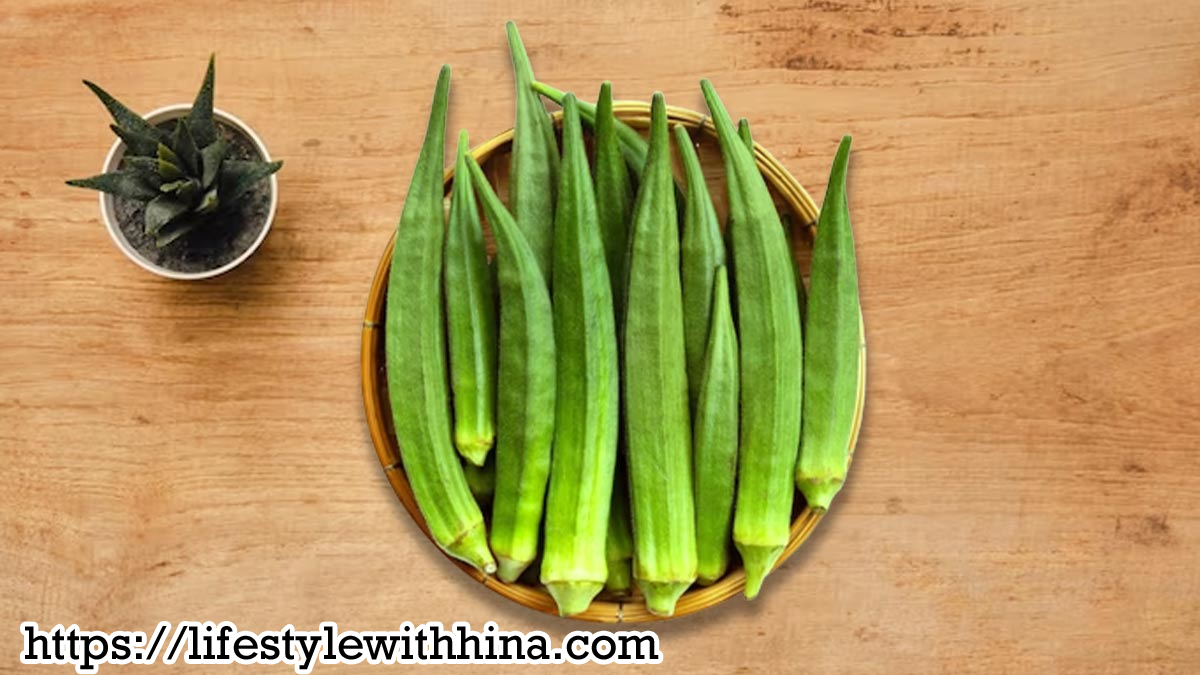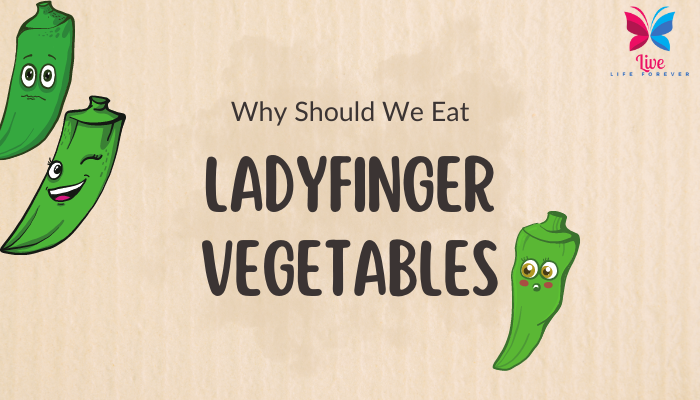Ladyfinger Vegetables: a Nutritional Powerhouse Exploding with Flavor!

Ladyfinger Vegetables: a Nutritional Powerhouse Exploding with Flavor!

Introduction:
Ladyfinger Vegetables, also known as okra or bhindi, are slender, green pods that have gained popularity in recent years due to their unique taste, versatility in cooking, and numerous health benefits. These vibrant pods not only add a delightful crunch to dishes but also offer a wealth of nutrients that contribute to overall well-being. In this article, we delve into the world of ladyfinger vegetables and explore their nutritional profile, culinary uses, and the health advantages they bring to the table.

Ladyfinger Vegetables
1. Nutritional Profile:
Lady fingers are a rich source of essential vitamins, minerals, and dietary fiber. One cup (100 grams) of cooked ladyfinger pods contains approximately:
– Calories: 33
– Carbohydrates: 7 grams
– Protein: 2 grams
– Fiber: 3 grams
– Vitamin C: 23% of the recommended daily intake
– Vitamin K: 36% of the recommended daily intake
– Folate: 15% of the recommended daily intake
– Magnesium: 14% of the recommended daily intake
– Potassium: 9% of the recommended daily intake
2. Culinary Uses:
The versatility of lady finger shines through their ability to be incorporated into a variety of dishes. They can be enjoyed raw in salads, pickled, or added to soups, stews, curries, and stir-fries. One of the most beloved methods of cooking ladyfinger is to lightly sauté or roast them, which helps to retain their unique texture while enhancing their natural flavors. Ladyfinger’s slightly slimy texture, often a concern for some, can be reduced by cooking them quickly over high heat or using acidic ingredients like lemon juice or vinegar.
3. Health Benefits:
a. Digestive Health: Lady fingers are an excellent source of dietary fiber, which aids in digestion, prevents constipation, and promotes a healthy gut. The fiber content also helps regulate blood sugar levels and may contribute to weight management.
b. Antioxidant Properties: Ladyfinger contains various antioxidants, including flavonoids such as quercetin. These antioxidants help combat free radicals, reduce inflammation, and protect against chronic diseases like heart disease and certain types of cancer.
c. Bone Health: It are a good source of vitamin K, which is essential for maintaining healthy bones and preventing osteoporosis. Vitamin K also plays a vital role in blood clotting and contributes to cardiovascular health.
d. Immune Support: It high vitamin C content boosts the immune system, helping the body fight off infections and viruses. It also aids in collagen production, which is crucial for skin health and wound healing.
e. Blood Pressure Regulation: With a low sodium content and a good amount of potassium, lt can assist in maintaining healthy blood pressure levels and reducing the risk of cardiovascular diseases.
Conclusion:
Ladyfinger vegetables are not only a delightful addition to various culinary creations but are also packed with nutrients and health benefits. Incorporating ladyfinger into your diet can provide you with essential vitamins, minerals, and fiber, promoting digestive health, immune support, and overall well-being. So why not explore this versatile vegetable and savor its unique flavor while reaping the nutritional rewards it offers? Get creative in the kitchen and enjoy the many benefits that ladyfinger vegetables bring to your plate.
Here are some common FAQs about ladyfinger vegetables:
Q: What are the health benefits of lady finger?
A: It are a nutritious addition to your diet. They are low in calories and rich in dietary fiber, vitamin C, vitamin K, folate, and antioxidants. They also contain minerals like potassium and magnesium. Ladyfinger vegetables are known to promote digestion, support heart health, and boost the immune system.
Q: How can I cook lady finger?
A: Lady fingers can be cooked in various ways. They can be stir-fried, sautéed, roasted, or added to soups, stews, and curries. They can also be breaded and fried to make crispy okra. The slimy texture can be reduced by cooking them with acidic ingredients like lemon juice or vinegar.
Q: How do I reduce the sliminess of ladyfinger ?
A: If you prefer to minimize the sliminess of ladyfinger , there are a few techniques you can use. Firstly, make sure the pods are dry before cutting them as moisture can contribute to the slime. Secondly, you can soak them in vinegar or lemon juice for about 15 minutes before cooking. Lastly, cooking them at high heat for a shorter duration can help reduce the slimy texture.
Q: Can I eat lady finger raw?
A: Yes, they can be eaten raw, but they are commonly cooked before consumption. Raw lady fingers have a crisp texture and a slightly grassy flavor. They are often used in salads or as a crunchy addition to sandwiches.
Q: Are lady finger suitable for vegetarians and vegans?
A: These are suitable for both vegetarians and vegans. They are a plant-based food and do not contain any animal products. They can be a great source of nutrients for individuals following a vegetarian or vegan diet.
Q: Are lady finger gluten-free?
A: Yes, they are gluten-free. They do not contain gluten, which is a protein found in wheat, barley, and rye. It can be enjoyed by individuals who are sensitive to gluten or have celiac disease.





Nice Vegetable ladyfinger in the world